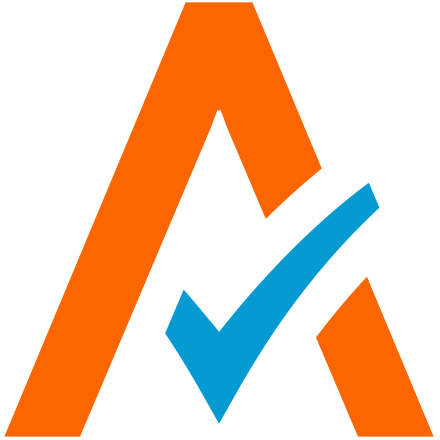
Entering the Nordics ecommerce market
The Nordics region is a fast-growing and technologically advanced ecommerce market that looks set to reach an overall value of €41.8 billion by the end of 2023. Meanwhile, ecommerce uptake in the five Nordic countries — Denmark, Finland, Iceland, Norway, and Sweden — averages almost 80%.
Selling in the region then appears to be a lucrative prospect. To give you further insight into the Nordics market and its shoppers’ buying behaviors, we’ve pulled key takeaways from two reports from RetailX — the Nordics ecommerce region report 2023 and the Nordics fashion sector report 2023.
Fashion
As you may expect from tech-savvy consumers with a high standard of living, fashion is a popular industry in the Nordics region. The levels of online fashion shopping are comparable to major markets with much higher populations such as Spain and Germany, and almost two-thirds (64%) of Nordic shoppers shop online for apparel, footwear, and accessories at least once a month. Overall, shoppers across the region spent €10 billion on fashion in 2022.
You may be surprised to learn that unlike in most other European regions, Gen Z is not the key demographic for online fashion shopping in the Nordics. Perhaps due to the cost of living and high prices, the region is instead the preserve of millennials, who are more digitally savvy than over-55s, with more disposable income than those in younger age groups.
A mobile-first mindset could be wise for businesses aiming to enter the Nordics. Consumers in the region are becoming increasingly mobile-first, with those in Denmark, Norway, and Sweden using mobiles as their device of choice for shopping — and accounting for around 40% of fashion ecommerce. In Iceland, the level approached 50% in 2022.
Sustainability
The Nordics have some of the most stringent environmental laws in the world and, although there are differences between the region’s countries, they all share values around well-being and enjoying a healthy work/life balance — this includes a love of and respect for nature, which plays a part in shaping fashion consumption in the region. It also drives Nordic consumers’ expectations of retailers — Nordic shoppers are much more likely to buy from sustainable businesses that make efforts to reduce their carbon footprint.
Native brands now consider long life, repair, and resale as key to their value proposition. Swedish giant H&M has become a leader in sustainability, with an advanced sustainable sourcing and production strategy. In addition, H&M offers store credit to buy back old clothes (from any brand, not just their own) which are then recycled. Nudie Jeans also recycles second-hand jeans, and offers free repair service for life.
Fashion brands looking to enter the Nordics market should strive to offer similar repair or recycling initiatives.
Sweden
Sweden is the largest ecommerce market in the region, with around 8 million people of a total population of 10.4 million shopping online regularly. In recent years, Sweden has consistently outperformed the second-biggest ecommerce market in the region — Norway — and this looks likely to continue this year, with a projected value of $14.22 billion in 2023.
Swedes are also the most prolific online fashion shoppers, with 68% doing so in 2022, compared to 57% in Norway and 54% in Denmark (with the overall Nordic average of 60%). Consumers in Sweden spent around €3.5 billion on fashion in the same year. Swedish consumers are also more likely to shop more frequently than others in the region The majority of consumers in the country (72%) shop online more than once a month. In comparison, just 55% of Norwegians shop online with the same frequency.
Avalara can help you enter the Nordics market
The Nordics region is fertile ground for ecommerce businesses. Being a sustainable, mobile-first brand can help increase your value in the eyes of the region’s consumers, but automation can help too.
Calculation software can help to provide you with instant, more accurate calculations of the region’s tax rates so you can offer a more transparent checkout and reduce off-putting surprise costs for buyers. Using item classification tools can also help you get your HS codes right, so you can reduce customs delays and reach overseas customers more quickly. An e-invoicing solution can help you comply with current and upcoming e-invoicing mandates and live reporting requirements, so you can hit the ground running and not be bogged down with adapting to new regional rules. Switching from paper to digital invoices and reducing manual tasks can make your business more environmentally friendly.
To discover more about how automation can help you prepare to enter the Nordics ecommerce market, speak to Avalara today.

Your competitors live by this annual report
Trusted by professionals, this valuable resource simplifies complex topics with clarity and insight.
Stay up to date
Sign up for our free newsletter and stay up to date with the latest tax news.



